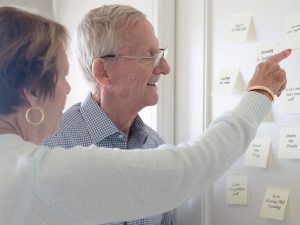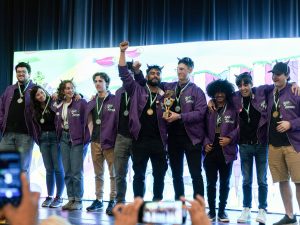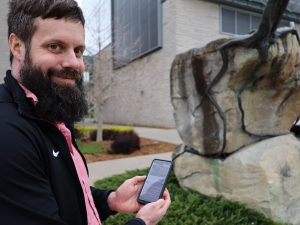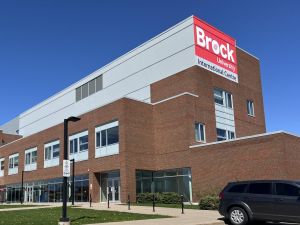The following is the fourth in a series of articles highlighting National AccessAbility Week. Written by Christopher Lytle, Brock’s AODA Co-ordinator in the Office of Human Rights and Equity, the stories will appear in The Brock News from Monday, May 27 to Friday, May 31.
What makes working with Human Rights for people with disabilities so interesting are the aspects of the role that open the perceived identification of disability.
Uprooting the idea that disability represents a common typology is new.
Traditionally, people with disabilities have been viewed through different types of models. As one example, the medical model places the responsibility of and ownership of the identity squarely on the shoulders of the person with disability. This makes them feel excluded, undervalued, pressured to fit into a questionable norm and treated as though they were globally incapacitated.
Another example is the charity model, which codifies people with disabilities’ existence into being the subject of sympathy. Much like the medical model, the charity model views the person with disabilities as the problem and dependent on the sympathy of others to provide assistance.
While we no longer view these models as acceptable ways to view people, there is more discussion that needs to occur around seeing the whole person instead of the disability as a primary identity.
The concept of intersectionality is an extremely useful tool when discussing a modern perspective of disability.
The Ontario Human Rights Commission speaks to how it operates with regards to human rights as a combination of two or more intersecting code grounds.
Intersectionality represents a departure from viewing disability as a singular entity. Given the endless scope of intersectionality, we can think about the multitudes of identities that we have as people and how they affect our lives. We can also consider how disability could, quite possibly, be a variable that could impact this matrix of identities at any given point since we as people are all distinct and equally deserving of dignity and respect.
The end of National Accessibility Awareness Week is upon us and Friday will mark the final story in this series. As a takeaway, take some time to think about the inherent worth and value we all bring to the table and how intersections might affect your experiences for the better.









